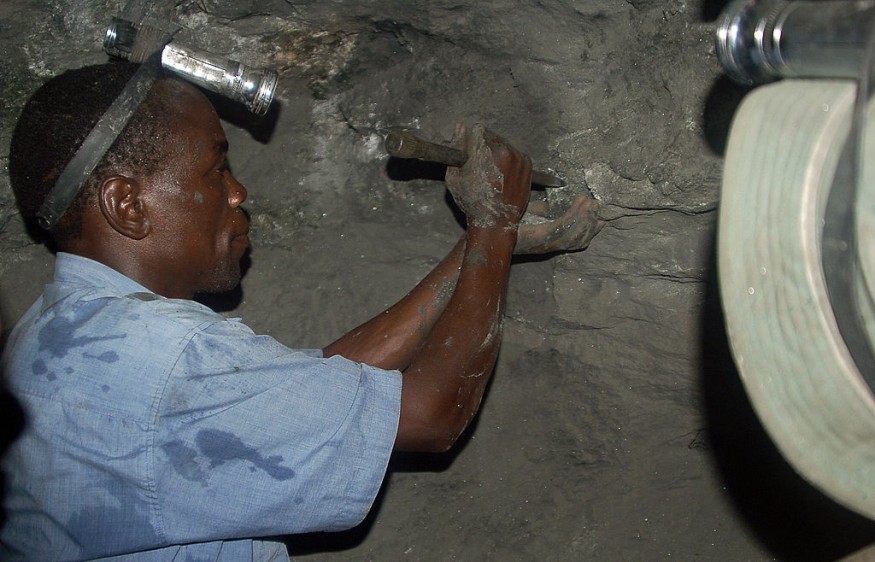
Researchers discovered 52 heretofore unrecorded stone dwellings adorned with rock artistry in Swaga Swaga Game Reserve in rural Tanzania, 2018.
Discovery of Rock Shelter in Tanzania with Oversized Heads
Wind erosion had more or less damaged all except a few, however among of those that had survived was a complete mystery. The Amak'hee 4 complex was lavishly decorated with a border of representational craftsmanship, featuring three enigmatic, humanoid beings with enormous heads.
As per Science Alert update, paleoanthropologist Maciej Grzelczyk of the Jagiellonian University in Poland claimed the discovery might be a hint to determining which other, comparable ensembles of figures unearthed in those certain cave art frames could be.
The Amak'hee 4 screen is hard to recognize, and though Grzelczyk determined in 2021 that it is somehow a few hundred years old. Apart from five white figurines, it is nearly totally covered in red color.
Moreover, the fading of this pigmentation, along with the lack of household pets, shows that it is rather old, going prior to the state's hunter-gatherer civilizations.
On the board, there are creatures that seem as antelope, elands, bison, as well as giraffes, and even a few human-like creatures with huge skulls. However, one category sticks apart.
Grzelczyk noted in his 2021 article that a scenario that concentrates about 3 samples is overly impressive amongst some of the Amak'hee 4 artworks.
As posted under the journal of Antiquity, the characters in this triptych appear to depict stylised bison heads, which resemble the center slump in aspect of the bison head from which both antlers arise and bend outwardly away from the skull, as well as the slightly rounded ears.
Similarly, the Sandawe folk's tradition somehow doesn't feature themes of buffalo-headed beings or individuals who can shape-shift into bisons, thus the paintings might symbolize different things. Nevertheless, Grzelczyk says, bison antlers actually perform a crucial part in some Sandawe rites, ProQuest posted.
Anthropomorphic Figures in Tanzania
Whatever they may be, the bizarre images are not beyond history. Two rock refuge murals in the Kondoa area of central Tanzania, located near from Amak'hee 4, bore a striking similarity to the three.
Three projections are represented meditating around each other at the premises Kolo B2. Three illustrations are pictured side to side, laying on the soil, at Kolo B1.
The figurines at all 3 locations have big heads, but the Kolo characters have a patterned design that is regarded as a headgear.
The figurines are linked by a thread through their middle in all three locations. And all three have comparable arm and shoulder configurations and orientations.
Amak'hee 4 has significant significant distinctions. The heads appear to be covered in with uniform hue, and they appear to be far more essential to the activity going on around them.
Grzelczyk also quoted that the figures from Amak'hee 4 are notably larger over those at Kolo, and render this primary emblem a pivotal central focus upon which the portion of the tale appears to take seat.
By comparison, the visuals at Kolo are secluded portrayals, with neither strong correlation to the remaining portion of the works of art. A few of the wall painting's locations in Kondoa are continuously used by the Sandawe for a range of ceremonial rituals. The recently discovered places are also recognized to people in the area, so they may give additional insight on what the strange symbols represent, The Sun reported.
Likewise, historians shall strive to research the locations in order to add them to the written archive.
Related article : Mysterious Shipwreck from WWII Discovered 7000 Meters Below Sea Level
© 2025 NatureWorldNews.com All rights reserved. Do not reproduce without permission.





